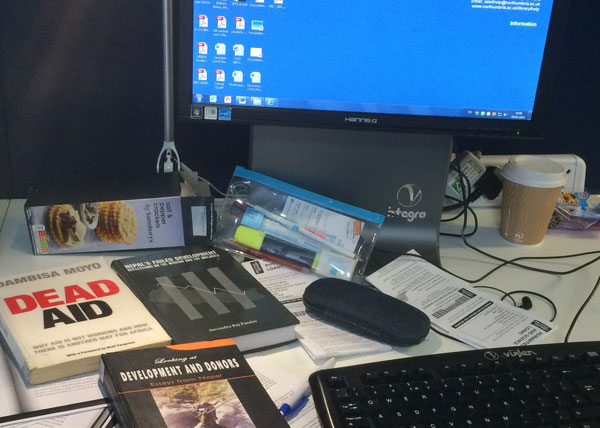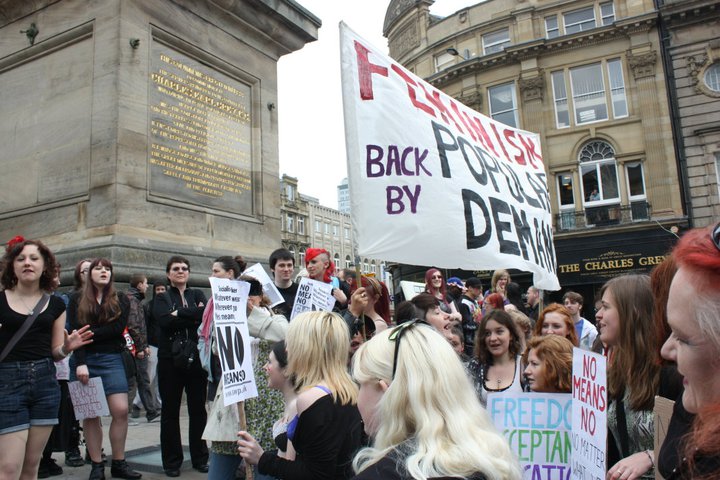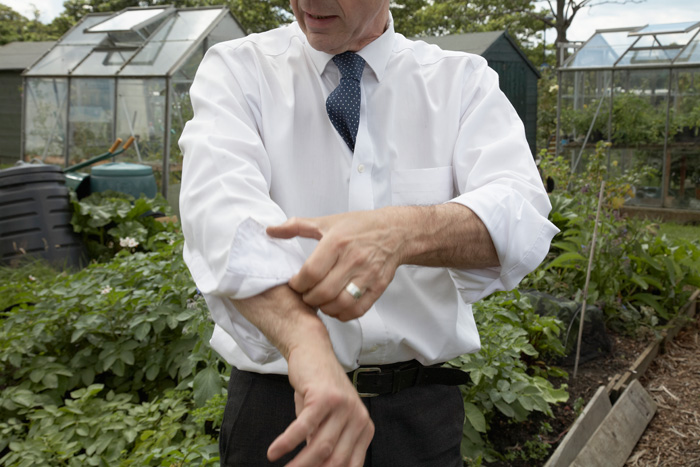
Sangita Thapa, recipient of the prestigious Chevening Scholarship, reflects on her year at Northumbria, pursuing an MSc in International Development
Time flies. Feels like just a couple of months but one year has passed in beautiful England. I received a Chevening Scholarship 2015/16 to pursue MSc in International Development at Northumbria University in Newcastle. I am deeply honoured and proud to be the one among the 1800 future leaders globally and truly appreciate this wonderful opportunity. I have completed my course this fall and although I can’t wait to go home, I’m awash with a strange mix of emotions to leave Newcastle. I did not anticipate this odd pain. Never imagined I’d be in love with a place that was so alien, distant and merely cold, just a year back.
The MSc International Development course has enriched my understanding into the debates and discourse around the contemporary international development issues such as global poverty, inequality, sustainable development and geo-politics of development. I experienced a sea of difference in academic as well as personal development within one year. For me, this study-abroad experience is valuable not only in terms of the academic insights or the degree I earned but also in terms of the practicality to deal with and adapt to the diverse situations, circumstances and people. The experience has been deeply positive and enriching, which I’m sure, will continue shaping my perceptions, experiences and learning in future.
My knowledge and skills have definitely been refined by this intensive course. My understanding on how Northern charities function is enhanced through the volunteering experience in a local charity. At times, the demanding and rigorous academic culture would get me really weary and sick but at the other end of the spectrum, I thoroughly enjoyed the stimulating environment of learning. The benefits far outweighed any momentary discomfort. The support and encouragement of my tutors, library and the department staffs were extremely positive. Equally stunning was my experience of different people, culture and multiple ideas and experiences stemming from the multicultural and cosmopolitan environment of Northumbria where there is a vibrant community of international students. Northumbria has a learning-focused, research-intensive and intellectually nurturing environment apart from having an excellent state of the art facilities such as an extensive library collection and the finest sports centre for its students.
I absolutely love Newcastle. It is a beautiful amalgam of a vivacious city life and the serenity of a countryside with breath-taking natural settings within short distances from the centre. The city is very safe for international students. Living in Newcastle is definitely not cheap but if you are prepared to study in the UK, it is not expensive either. At the end of my journey, I’m thrilled to go home and face challenges awaiting. This one year constitutes one of the best experiences I have ever had. I am grateful to Chevening for this truly amazing experience.








